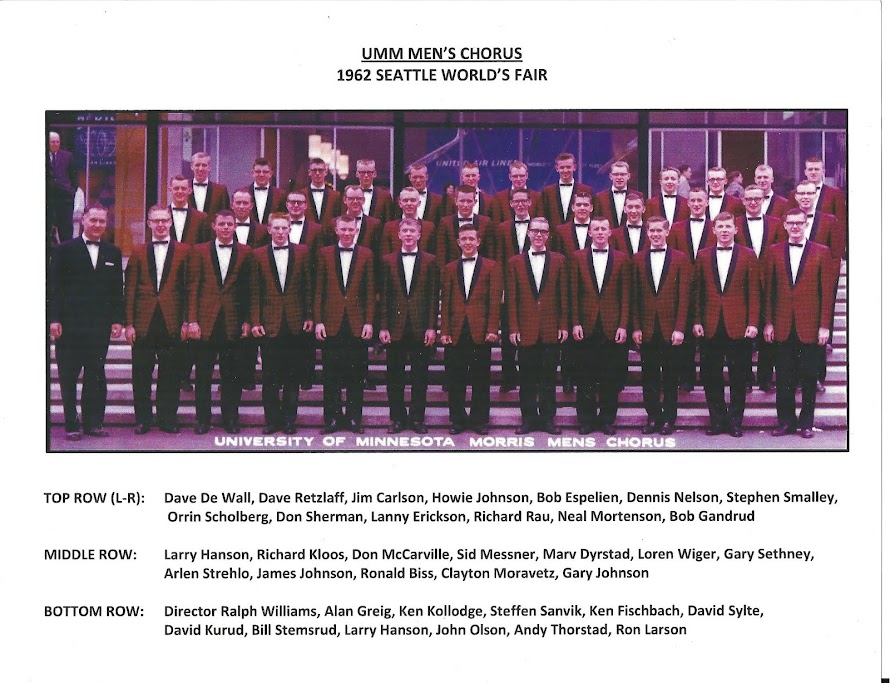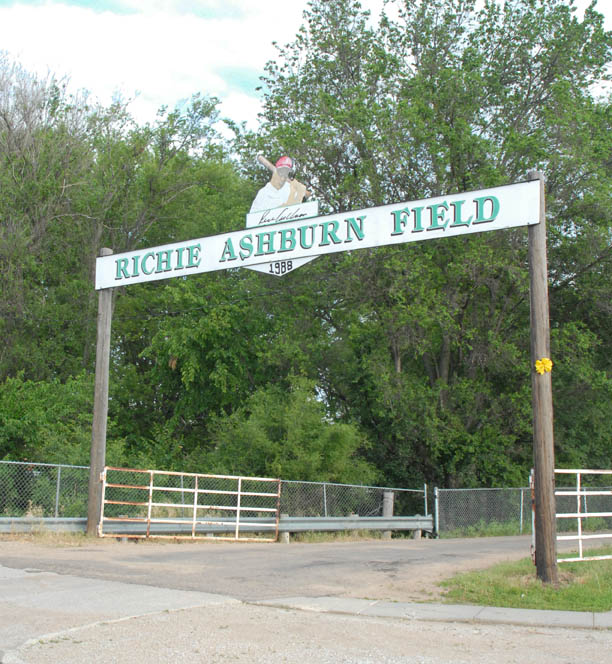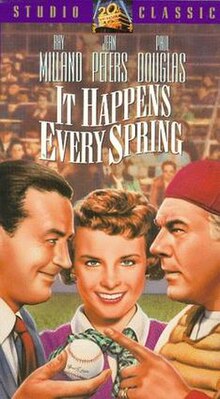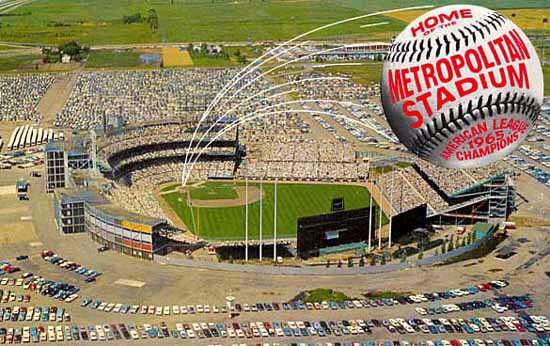Bobby
Richardson was the player who really got me appreciating the skills of
the infield positions. He was the masterful second baseman for the New
York Yankees. He plied his skills up through the end of the Yankee
dynasty of that time. That means he was a fixture up through 1964.
I
remember having a packet of black and white photos of the Yankees of
the early 1960s. I read about Bobby Richardson on baseball cards. He was
a straight-laced and reliable person. No eccentricities to deal with or
overcome. And he played infield: a most rigorous challenge where you're
dealing with screaming liners and ground balls.
I wish someone had told him to smile for his baseball card photos!
He wore the uniform number "1" for most of his career, up through his rather premature retirement. Could it be that the end of the Yankee dynasty broke his heart? The Yankees lost their glorious luster after 1964. The likes of Mickey Mantle no longer presented that dominating quality. Our Minnesota Twins may have dealt the most decisive blow. A Harmon Killebrew home run just before the All-Star break in 1965 seemed symbolic: a changing of the guard that had the Yankee pinstripes fading and our Midwestern newcomers coming on strong.
Bobby retired at the end of the 1966 season. There were no physical factors holding him back, according to what I've read. He had come into the major league fold in 1955. In 1966 he was only 30 years old. He could have helped our Twins in1965. We had Jerry Kindall in 1965, an all-field, no-hit guy. We did win the American League pennant in '65. We came up just shy in the World Series. Sandy Koufax dashed our dreams. Koufax became a great pitcher when umpires decided to start calling the high fastball a strike.
Koufax could seem suspicious with his dominating nature. How did he do it? He struck out Richardson three times in Game 1 of the 1963 World Series. This was phenomenal: It was the only game in Richardson's career in which he fanned three times. He played 1448 total games. The Dodgers swept the Yankees in the '63 Fall Classic. Koufax had 15 strikeouts in Game 1. Too bad that day wasn't a Jewish holiday (LOL).
The regular season of 1963 saw Richardson strike out just 22 times in 630 at-bats. He didn't strike out more than once in a game, the sole exception being that Game 1 of the World Series.
In 1964 the Yankees achieved their last pennant of that era, and Richardson had mighty impact with his bat in the Series. Their opponent was the St. Louis Cardinals who were destined to win the Series. St. Louis had a young Lou Brock who had come up with a stint in St. Cloud MN. Richardson stroked 13 hits in the '64 World Series. He set a new standard with that stat. Brock equaled it in the '68 Series, and Marty Barrett came along to do it in 1986.
Stellar fielder though he was, he was imperfect in the '64 Series. Game 4 saw him falter on a potential double play ball hit by Dick Groat. A clean play would have kept St. Louis from scoring. As it turned out, the error opened the door for Ken Boyer hitting a grand slam. The final score? St. Louis had four runs, the Yankees three. Then in Game 5, Richardson failed to handle cleanly a potential double play ball hit by Curt Flood. (This post is full of names that should take you down memory lane.) Again, a clean play would have set the Cardinals down with no runs scored. But St. Louis plated two runs, keeping them alive for when Tim McCarver hit a three-run home run in extra innings.
It's sad that the brilliant fielder Richardson broke down under the World Series spotlight. He fashioned a superlative reputation with the glove. I was about nine years old when I got my parents to buy me a paperback bio of Richardson: "The Bobby Richardson Story." I still have it.
Richardson is the only player ever to be chosen World Series MVP from the losing team! I'm not even sure that's proper. The winning team really ought to have that distinction as a matter of course, IMHO. But congrats to Bobby who must have made a heckuva impression in the 1960 World Series. He batted .367 with 12 RBIs in the '60 Fall Classic.
A fabled moment from his career came in the '62 Series when he caught that screaming line drive off the bat of Willie McCovey, ending the Series and thwarting the very good bid the Giants made for victory. Baseball history would have changed if McCovey had hit the liner two or three feet higher. Richardson's best year was probably 1962: He batted .302 with the league-leading 209 hits. Never a power merchant, he hit eight homers that season. He won his second Gold Glove and was No. 2 in MVP voting behind Mickey Mantle.
Bobby struck out only 243 times in his 12-year career. He was a workhorse, compiling 692 at-bats in 1962. He was on three World Series-winning teams: 1958, 1961 and 1962. He played in seven total Fall Classics beginning in 1957.
Do you need to look it up?
Many of us can remember the whole Yankee infield from the early '60s. You can get a refresher in Billy Crystal's movie "61*" which focused on Roger Maris' 61-homer campaign of 1961. Tony Kubek was the shortstop. At third was Clete Boyer, and "Moose" Skowron handled the throws at first. Skowron gave way to a character name of Joe Pepitone. Kubek went into the broadcast booth for NBC's Game of the Week which I remember well. Kubek worked beside Curt Gowdy who I thought was overrated.
Richardson plunged back into baseball in 1970, coaching in the college ranks. He was head coach of the Gamecocks of South Carolina from 1970 to '76. The Gamecocks progressed spectacularly. His record there: 221-92-1.
Richardson tried his hand at politics in 1976. A Republican, Richardson was edged by Democratic incumbent Kenneth Holland for a Congressional seat. That was the year of Jimmy Carter's rise. I remember the mid-1970s as a time when the Democratic Party felt its oats, and Republicans seemed largely on the defensive. We listened to disco music. Many of Bobby's former teammates endorsed him but not Kubek, a Democrat.
Richardson coached for Liberty University in the 1980s. He also had a stint for Carolina University in South Carolina.
I learned way back in the '60s that a high-profile Christian belief was part of Richardson's image. He built the profile of the Fellowship of Christian Athletes, a group that I frankly never felt too enthused about. Why are athletes any more special than anyone else in terms of building up the faith? Athletes are already treated special enough. Anyway, that's my bias but I don't hold this against Richardson who I always admired 100 percent, so steady with his personality compared to some of his Yankee mates. He was never a prima donna. We might describe him as a breath of fresh air. He officiated at Mickey Mantle's funeral.
We'd love him as a Twin
I wish he had played longer, if not with the fading Yankees, then with our Twins. We would have welcomed him with open arms. Could he have made a difference in the '65 World Series? Or would Koufax have stymied him again? That cotton pickin' high fastball.
- Brian Williams - morris mn minnesota - bwilly73@yahoo.com
I wish someone had told him to smile for his baseball card photos!
He wore the uniform number "1" for most of his career, up through his rather premature retirement. Could it be that the end of the Yankee dynasty broke his heart? The Yankees lost their glorious luster after 1964. The likes of Mickey Mantle no longer presented that dominating quality. Our Minnesota Twins may have dealt the most decisive blow. A Harmon Killebrew home run just before the All-Star break in 1965 seemed symbolic: a changing of the guard that had the Yankee pinstripes fading and our Midwestern newcomers coming on strong.
Bobby retired at the end of the 1966 season. There were no physical factors holding him back, according to what I've read. He had come into the major league fold in 1955. In 1966 he was only 30 years old. He could have helped our Twins in1965. We had Jerry Kindall in 1965, an all-field, no-hit guy. We did win the American League pennant in '65. We came up just shy in the World Series. Sandy Koufax dashed our dreams. Koufax became a great pitcher when umpires decided to start calling the high fastball a strike.
Koufax could seem suspicious with his dominating nature. How did he do it? He struck out Richardson three times in Game 1 of the 1963 World Series. This was phenomenal: It was the only game in Richardson's career in which he fanned three times. He played 1448 total games. The Dodgers swept the Yankees in the '63 Fall Classic. Koufax had 15 strikeouts in Game 1. Too bad that day wasn't a Jewish holiday (LOL).
The regular season of 1963 saw Richardson strike out just 22 times in 630 at-bats. He didn't strike out more than once in a game, the sole exception being that Game 1 of the World Series.
In 1964 the Yankees achieved their last pennant of that era, and Richardson had mighty impact with his bat in the Series. Their opponent was the St. Louis Cardinals who were destined to win the Series. St. Louis had a young Lou Brock who had come up with a stint in St. Cloud MN. Richardson stroked 13 hits in the '64 World Series. He set a new standard with that stat. Brock equaled it in the '68 Series, and Marty Barrett came along to do it in 1986.
Stellar fielder though he was, he was imperfect in the '64 Series. Game 4 saw him falter on a potential double play ball hit by Dick Groat. A clean play would have kept St. Louis from scoring. As it turned out, the error opened the door for Ken Boyer hitting a grand slam. The final score? St. Louis had four runs, the Yankees three. Then in Game 5, Richardson failed to handle cleanly a potential double play ball hit by Curt Flood. (This post is full of names that should take you down memory lane.) Again, a clean play would have set the Cardinals down with no runs scored. But St. Louis plated two runs, keeping them alive for when Tim McCarver hit a three-run home run in extra innings.
It's sad that the brilliant fielder Richardson broke down under the World Series spotlight. He fashioned a superlative reputation with the glove. I was about nine years old when I got my parents to buy me a paperback bio of Richardson: "The Bobby Richardson Story." I still have it.
Richardson is the only player ever to be chosen World Series MVP from the losing team! I'm not even sure that's proper. The winning team really ought to have that distinction as a matter of course, IMHO. But congrats to Bobby who must have made a heckuva impression in the 1960 World Series. He batted .367 with 12 RBIs in the '60 Fall Classic.
A fabled moment from his career came in the '62 Series when he caught that screaming line drive off the bat of Willie McCovey, ending the Series and thwarting the very good bid the Giants made for victory. Baseball history would have changed if McCovey had hit the liner two or three feet higher. Richardson's best year was probably 1962: He batted .302 with the league-leading 209 hits. Never a power merchant, he hit eight homers that season. He won his second Gold Glove and was No. 2 in MVP voting behind Mickey Mantle.
Bobby struck out only 243 times in his 12-year career. He was a workhorse, compiling 692 at-bats in 1962. He was on three World Series-winning teams: 1958, 1961 and 1962. He played in seven total Fall Classics beginning in 1957.
Do you need to look it up?
Many of us can remember the whole Yankee infield from the early '60s. You can get a refresher in Billy Crystal's movie "61*" which focused on Roger Maris' 61-homer campaign of 1961. Tony Kubek was the shortstop. At third was Clete Boyer, and "Moose" Skowron handled the throws at first. Skowron gave way to a character name of Joe Pepitone. Kubek went into the broadcast booth for NBC's Game of the Week which I remember well. Kubek worked beside Curt Gowdy who I thought was overrated.
Richardson plunged back into baseball in 1970, coaching in the college ranks. He was head coach of the Gamecocks of South Carolina from 1970 to '76. The Gamecocks progressed spectacularly. His record there: 221-92-1.
Richardson tried his hand at politics in 1976. A Republican, Richardson was edged by Democratic incumbent Kenneth Holland for a Congressional seat. That was the year of Jimmy Carter's rise. I remember the mid-1970s as a time when the Democratic Party felt its oats, and Republicans seemed largely on the defensive. We listened to disco music. Many of Bobby's former teammates endorsed him but not Kubek, a Democrat.
Richardson coached for Liberty University in the 1980s. He also had a stint for Carolina University in South Carolina.
I learned way back in the '60s that a high-profile Christian belief was part of Richardson's image. He built the profile of the Fellowship of Christian Athletes, a group that I frankly never felt too enthused about. Why are athletes any more special than anyone else in terms of building up the faith? Athletes are already treated special enough. Anyway, that's my bias but I don't hold this against Richardson who I always admired 100 percent, so steady with his personality compared to some of his Yankee mates. He was never a prima donna. We might describe him as a breath of fresh air. He officiated at Mickey Mantle's funeral.
We'd love him as a Twin
I wish he had played longer, if not with the fading Yankees, then with our Twins. We would have welcomed him with open arms. Could he have made a difference in the '65 World Series? Or would Koufax have stymied him again? That cotton pickin' high fastball.









